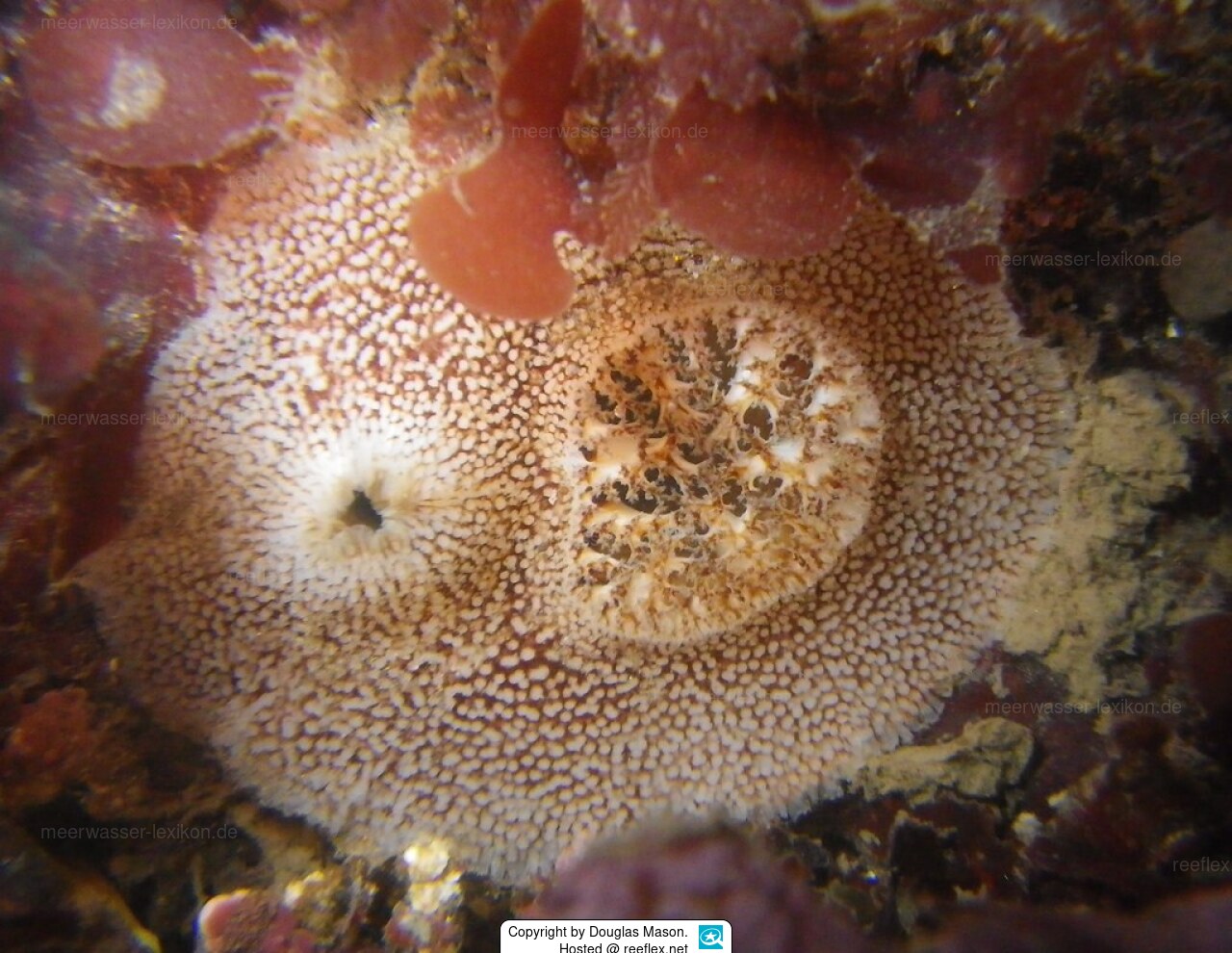Info
Parapholas californica (Conrad, 1837)
A mussel in the family Pholadidae, known as drilling mussels. The family is distributed worldwide. They live by drilling in semi-solid or solid sediments, such as shale, clay or solid mud. Much of the front part of the shells is roughened so that the animal can make a hole in the stone or clay like a drill.
The shells of Parapholas californica are dirty white on the outside and white on the inside, the shell length is up to 15 cm. However, the Californian drill mussel usually remains significantly smaller at 10 cm.
Habitat: Usually in shale, sometimes in hard mud or hard pebbles. In the intertidal zone, the black mussel can be found mainly in large rocks at low tide.
The flat-topped, white to reddish-brown siphons of this species are often seen by divers. The inhalation siphon has a larger diameter than the exhalation siphon. The siphons can protrude approx. 2-5cm from the stone into the water column. Parapholas californica does not burrow deeper than about 30 cm into the rock, but over time it causes the rock to erode.
Synonymised names
Pholas californica Conrad, 1837 · unaccepted
Pholas janellii Deshayes, 1839 · unaccepted
A mussel in the family Pholadidae, known as drilling mussels. The family is distributed worldwide. They live by drilling in semi-solid or solid sediments, such as shale, clay or solid mud. Much of the front part of the shells is roughened so that the animal can make a hole in the stone or clay like a drill.
The shells of Parapholas californica are dirty white on the outside and white on the inside, the shell length is up to 15 cm. However, the Californian drill mussel usually remains significantly smaller at 10 cm.
Habitat: Usually in shale, sometimes in hard mud or hard pebbles. In the intertidal zone, the black mussel can be found mainly in large rocks at low tide.
The flat-topped, white to reddish-brown siphons of this species are often seen by divers. The inhalation siphon has a larger diameter than the exhalation siphon. The siphons can protrude approx. 2-5cm from the stone into the water column. Parapholas californica does not burrow deeper than about 30 cm into the rock, but over time it causes the rock to erode.
Synonymised names
Pholas californica Conrad, 1837 · unaccepted
Pholas janellii Deshayes, 1839 · unaccepted







 Douglas Mason, USA
Douglas Mason, USA



